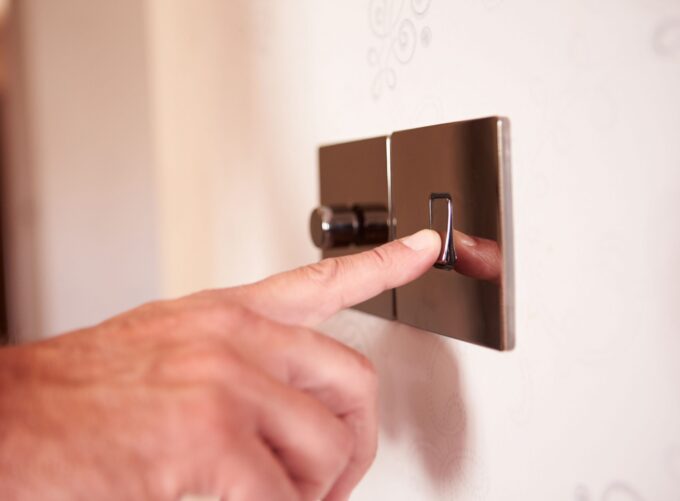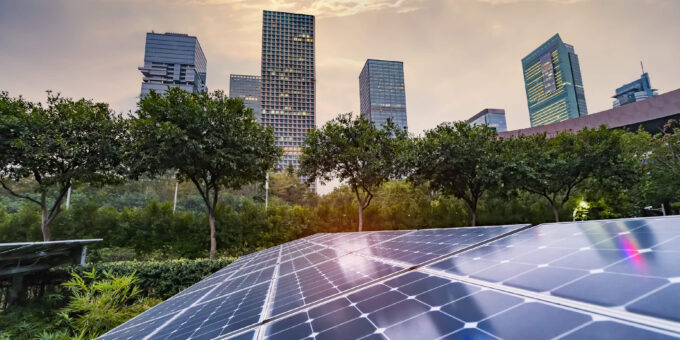Going green refers to adopting friendly and sustainable habits. Particularly in the business world. SMEs will save a lot of money and help the environment by reducing the amount of energy they use.
SMEs will reduce their carbon footprint once they switch to energy-efficient lighting. They also need to reduce waste and use renewable energy sources. This way they’ll lower their energy bills.
By adopting a green approach, SMEs will save money and contribute to a better future for all.
How SMEs Can Reduce Their Energy Use and Help Protect the Environment
Going green has become one of the main priorities for SMEs. So, they’ve adopted eco-friendly alternatives.
As a result, they continue making products following the rising energy crisis. Doing so made it difficult to keep functioning under standard practices.
By going green, SMEs can reduce their carbon footprint, save on energy costs, and make a positive impact on their communities.
We’ll discuss the various ways in which SMEs can go green. Some points we’ll cover involve reducing energy use. SMEs can install solar panels, use LED lighting, and invest in efficient appliances.
How Businesses Can Reduce Their Energy Usage and Save Money
By implementing some simple tips and strategies, businesses can save money on their energy bills while also helping the environment. Becoming environmentally conscious is safer for the environment and can save your company some money. These changes can be easily implemented to help make the transition smooth.
Find out your business’s carbon footprint first
A carbon footprint is a measure of how much carbon dioxide and other greenhouse gasses are emitted by an organization or individual in their daily activities. It is important to understand the impact of your business on the environment, so it’s essential to calculate your carbon footprint first.
By doing so, you can identify areas where you can reduce emissions and become more sustainable. Knowing your carbon footprint helps you make better decisions when it comes to energy efficiency, waste management, and transport options.
Understanding how your business affects the environment also helps you set goals for reducing emissions and making your business more sustainable over time.
The first step is to calculate your carbon footprint to be sure of how much you need to reduce it.
Here are the most important things to think about when figuring out the carbon footprint of your business.
- You need to know what your business’s carbon emissions sources are, including your electricity, gas, and travel consumption.
- Contributing factors such as the number of employees, how many cars the business has, and how big the office space is.
- Use the most recent data that is available to you so that you have an accurate reading.
- Try comparing your results to those of other SMEs to be able to assess how much impact your business has on the environment and how much money you are spending on your energy consumption.
You can do all of the above by using a carbon footprint calculator.
Remote working

By having your employees work remotely, you can reduce the energy usage of an office.
Working from home also curbs employees’ having to commute to work, which reduces their own carbon footprint.
Switch to eco-friendly lighting
Using LED light bulbs is much cheaper, and they have a longer lifespan as they are energy-saving bulbs.
If you put solar panels on the roof of your business, you won’t have to pay for electricity because the sun will be powering your equipment.
Switch to sustainable suppliers

Changing to more sustainable suppliers can help reduce the amount of energy used in product manufacturing.
These suppliers ensure that they use recyclable materials and renewable energy.
Go Digital
Going paperless is another way to save money while also helping the environment by reducing the number of trees cut down to make paper.
Although some documents might be needed as hard copies, if this is the case, recycle paper by printing or copying on used paper if possible.
Switch off unused equipment and lights

Make sure that your staff switches off equipment such as computers, coffee machines, and even the printer after the working day.
Also, turn off all lights to ensure that no unnecessary energy is being used when the business is closed at the end of the day.
Do an energy audit
By knowing how much energy is being consumed by your business. You can make adjustments to have it reduced.
Food waste should be reduced

Start your own compost garden at work and only purchase from local farmers to reduce emissions and aid in creating fertilizer that can be used to start a garden or to plant flowers and even trees.
Implement a “going green” programme at work
Educate staff and employees on the changes the business plans to make by switching to practices that are good for the environment and can cut costs for the business as well.
Create new policies surrounding the new strategies that will be put in place to reduce the business’s carbon footprint.
Invest in renewable energy

Aside from having solar panels installed, wind energy is another source of renewable energy that you can use when looking for natural sources of energy for your business.
Can all SMEs Make the Switch to Go Green?
It is important to understand your business type and if changing the way you manufacture your products and services can reduce your carbon footprint.
Here are some questions and possible solutions for your business:
Are the products you produce sustainable?
Ask yourselves whether the products you’re producing are eco-friendly and sustainable. In other words, do you understand the importance of preserving our planet? If so, then use only the highest-quality materials and processes to create products that will last a lifetime. How about committing to sustainability by reducing waste in the manufacturing process?

Can you produce your own renewable energy?
The rise of renewable energy technology has made it possible for individuals to generate their own electricity. Solar panels, wind turbines, and other forms of renewable energy can be used to produce energy at home or in businesses. By producing your own renewable energy, you can reduce your carbon footprint while saving money on your electricity bills.
Do you have a supplier that can provide renewable energy for your business?
Renewable energy is becoming increasingly popular for businesses, and now you can find a supplier that can provide you with renewable energy to power your business. With this supplier, you benefit from cost savings, environmental sustainability, and the peace of mind that comes with knowing your electricity is coming from a renewable source. Investing in renewable energy today will help secure a better tomorrow for us all.

Are you able to recycle any material used?
Recycling materials is one of the most effective ways to reduce waste and preserve resources. With the help of advanced technology, it is now possible to recycle almost any material used in manufacturing. From paper and plastic to metals and electronics, there are a variety of materials that can be recycled, reused, or repurposed for a variety of purposes. Recycling not only helps us conserve resources but also gives us the opportunity to create new products from recycled materials.
As stated, it is possible to make the switch by going green and saving money simultaneously.
Conclusion
Saving money and trying to find alternative eco-friendly solutions to reduce the impact your business has on the environment can result in a longer lifespan for both your business and the environment surrounding it.









